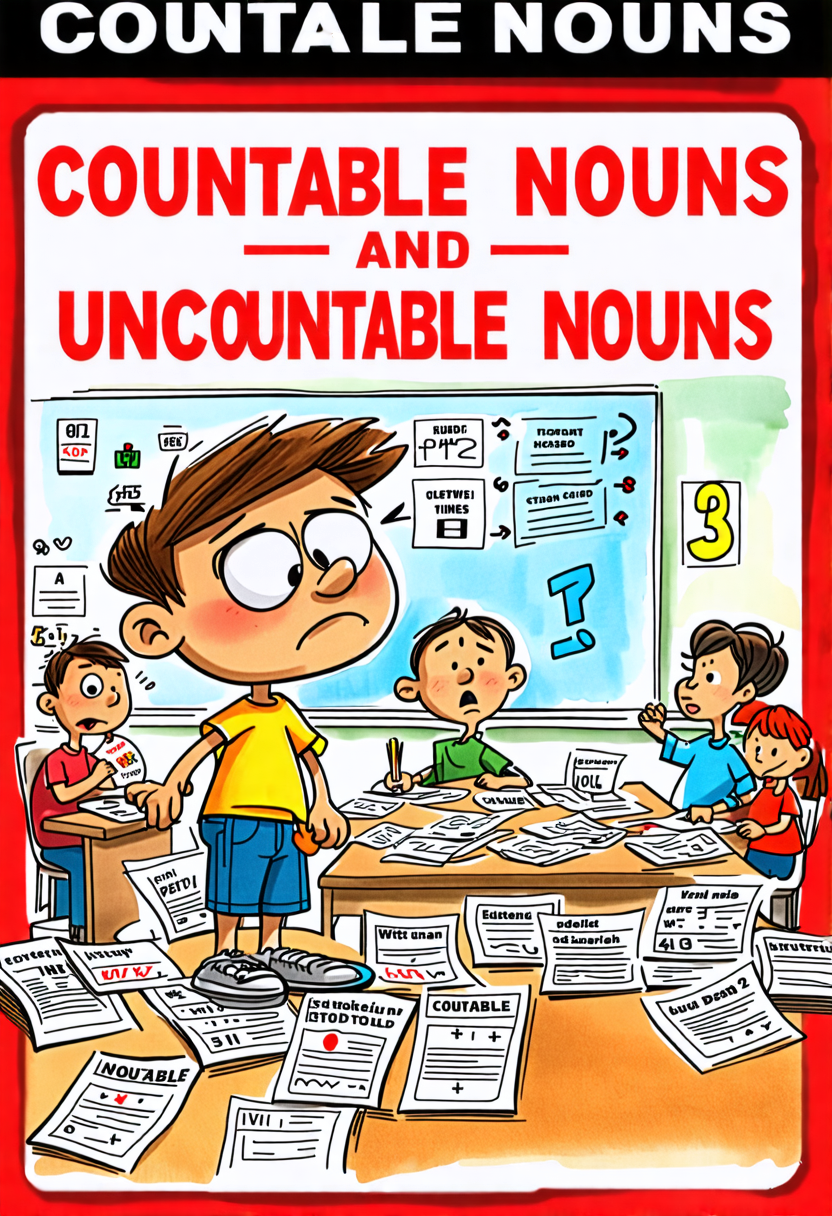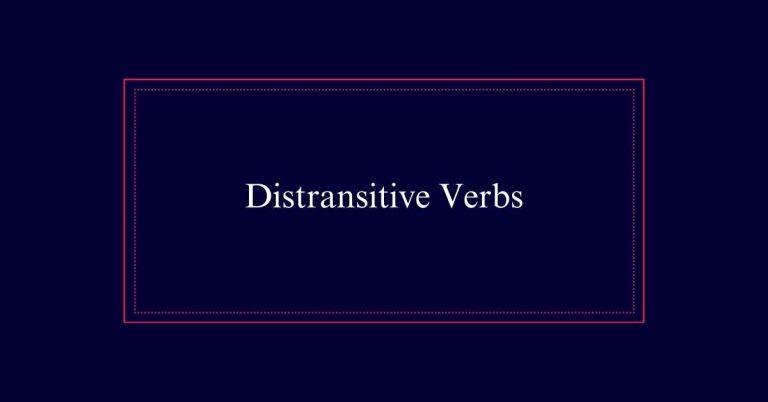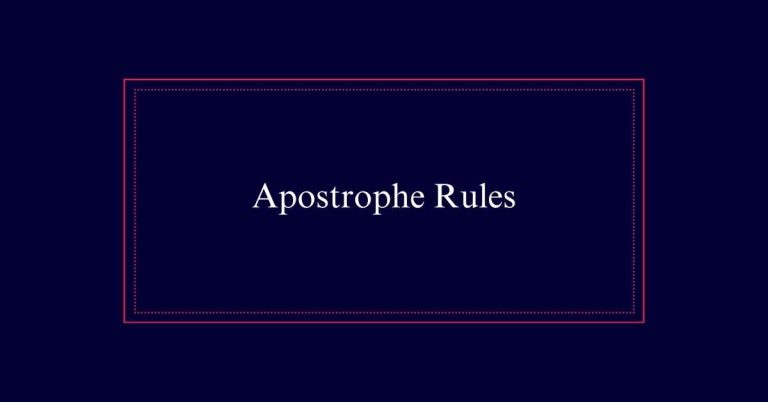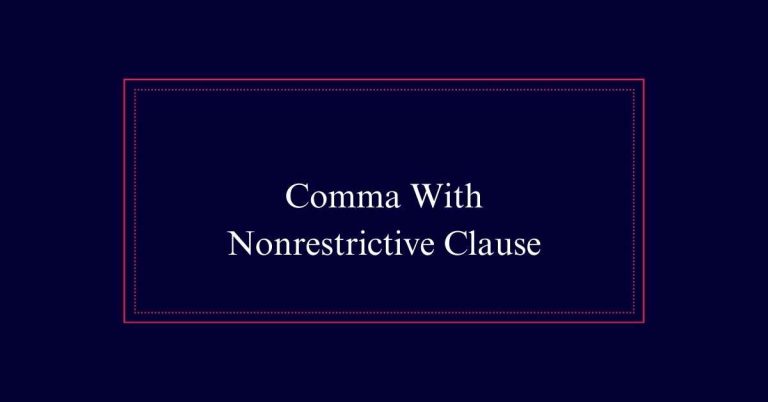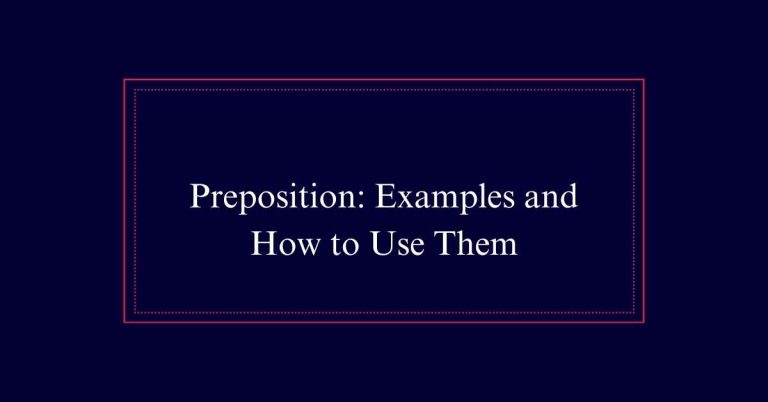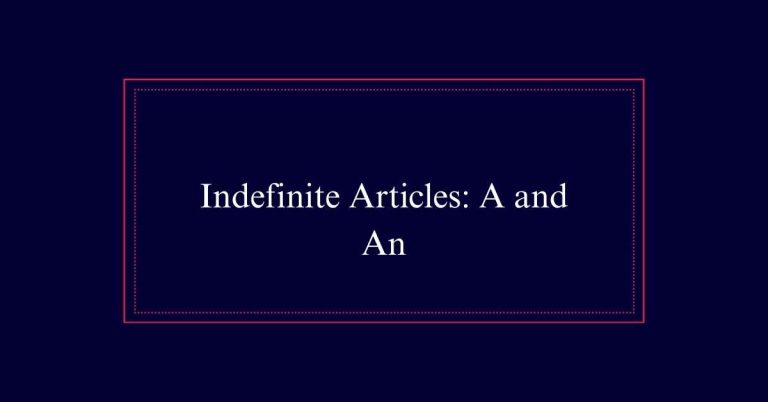Countable Nouns and Uncountable Nouns
Countable nouns are items that can be counted, like ‘apple’ or ‘book.’ They have both singular and plural forms and can be used with numbers and articles. For example, ‘one apple’ or ‘two books.’
Uncountable nouns refer to substances or abstract concepts such as ‘water’ or ‘love.’ These nouns don’t have a plural form and are used with quantifiers like ‘some’ or ‘much.’ For example, ‘some water’ or ‘much love.’
Understanding Countable Nouns
Countable nouns are nouns that can be counted and have both singular and plural forms. They denote items or concepts that can be quantified, such as ‘apple’ (one apple) and ‘apples’ (multiple apples).
Countable nouns can be used with numbers and can appear with articles like ‘a’ or ‘an’ when singular. For example, ‘a book’ or ‘two books’ clearly show the countable nature.
In sentences, countable nouns require singular verbs if singular and plural verbs if plural. For instance, ‘The cat is sleeping’ uses a singular verb, whereas ‘The cats are playing’ uses a plural verb.
Identifying Uncountable Nouns
Uncountable nouns refer to substances, concepts, and other entities that cannot be counted individually. These nouns include items like liquids, abstract concepts, and collective substances. They are always singular and do not have a plural form. Uncountable nouns can be used with words such as some, any, a little, and much.
| Category | Uncountable Noun | Example Sentence |
|---|---|---|
| Liquid | Water | There is some water in the glass. |
| Abstract Concept | Creativity | Creativity is essential in art. |
| Substance | Soil | The garden needs more soil. |
| Collective | Literature | Literature offers insights into culture. |
Using Countable Nouns Correctly
In contrast to uncountable nouns, countable nouns refer to items that can be counted individually.
To use countable nouns correctly, follow these guidelines:
- Use articles: ‘a’ and ‘an’ with singular countable nouns (e.g., a book, an apple).
- Plural forms: Add ‘s’ or ‘es’ to make plural forms (e.g., books, apples).
- Quantifiers: Use words like ‘many’ and ‘few’ to describe quantities (e.g., many books, few apples).
- Subject-verb agreement: Match singular nouns with singular verbs and plural nouns with plural verbs (e.g., The book is interesting. The books are interesting).
Rules for Uncountable Nouns
When using uncountable nouns, it is essential to understand that they do not have a plural form. These nouns always remain singular and require singular verbs. Uncountable nouns can be used with quantifiers like some, any, a little, and much. They often represent substances, abstract concepts, or masses.
Here is a table to illustrate common uncountable noun categories:
| Category | Examples | Usage |
|---|---|---|
| Substances | Water, Soil | ‘Some water,’ ‘Much soil’ |
| Abstract Ideas | Love, Courage | ‘A little love,’ ‘Much courage’ |
| Mass Nouns | Furniture, Luggage | ‘Some furniture,’ ‘Much luggage’ |
Countable and Uncountable Examples
Examples of nouns that can be both countable and uncountable illustrate the importance of context in their usage. For instance, the word ‘light’ can refer to the general concept of light (uncountable) or individual sources of light, such as lamps (countable).
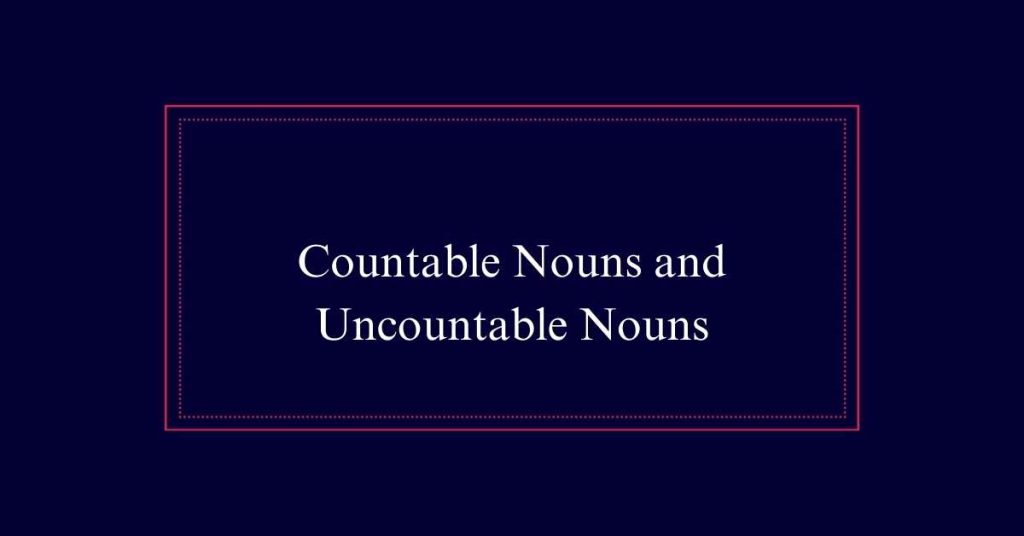
Similarly, ‘hair’ can mean the collective strands on someone’s head (uncountable) or individual hairs (countable).
Here are four examples to highlight this dual nature:
- Light – ‘The room needs more light.’ vs. ‘There are two lights in the hallway.
- Hair – ‘Her hair is beautiful.’ vs. ‘She found three hairs on her coat.’
- Room – ‘Is there room for one more?’ vs. ‘The hotel has twelve rooms.’
- Art – ‘She loves modern art.’ vs. ‘The museum has many arts displayed.’
Contextual Differences
Understanding the contextual differences between countable and uncountable nouns helps clarify their correct usage in sentences. Some nouns can be both countable and uncountable, depending on context.
For example, ‘light’ can mean a single source of illumination (countable) or the general concept of brightness (uncountable). Similarly, ‘hair’ can refer to individual strands (countable) or hair collectively (uncountable). The word ‘room’ can mean a single space (countable) or available space in general (uncountable).
The context in which these nouns are used dictates whether they should be treated as countable or uncountable, affecting the choice of articles, quantifiers, and verbs. Recognizing these differences helps ensure precise and accurate communication in both spoken and written language.
Singular and Plural Forms
Recognizing the distinction between singular and plural forms is crucial for proper grammar. Singular nouns denote one item, while plural nouns indicate more than one. Here are key points to keep in mind:
- Forming Plurals: Most nouns form plurals by adding ‘s’ or ‘es’ (e.g., cat/cats, bus/buses).
- Irregular Plurals: Some nouns have irregular plural forms (e.g., child/children, mouse/mice).
- Uncountable Nouns: These always remain singular (e.g., water, information).
- Collective Nouns: These can be singular or plural based on context (e.g., team is winning vs. team members are arguing).
Verbs With Singular Nouns
When utilizing singular nouns, one must pair them with singular verbs to maintain grammatical accuracy. Singular nouns refer to one item or entity, and therefore, they require verbs that agree in number. This guarantees that sentences are clear and grammatically correct. Here is a table to illustrate the correct pairing:
| Singular Noun | Singular Verb | Example Sentence |
|---|---|---|
| Cat | Eats | The cat eats its dinner. |
| Book | Lies | The book lies on the table. |
| Student | Studies | The student studies hard. |
| Tree | Grows | The tree grows quickly. |
| Computer | Works | The computer works efficiently. |
Verbs With Plural Nouns
Ensuring grammatical accuracy when using plural nouns is essential.
First, recognize that plural nouns require plural verbs for subject-verb agreement.
Here are key points to remember:
- Add ‘s’ or ‘es’: Plural nouns often end in ‘s’ or ‘es’. Examples: ‘cats’ or ‘dishes.’
- Use plural verbs: Plural nouns need verbs without ‘s’ in the present tense. Example: ‘The dogs run.’
- Auxiliary verbs: Use plural forms of auxiliary verbs. Example: ‘They are,’ not ‘They is.’
- Exceptions: Be aware of irregular plural nouns like ‘children’ or ‘mice’ which also follow these rules.
Concrete Vs. Abstract Nouns
Understanding verb agreement with plural nouns is essential, and similarly, recognizing the difference between concrete and abstract nouns can greatly enhance writing clarity. Concrete nouns refer to tangible objects that we can perceive with our five senses, such as ‘apple,’ ‘car,’ and ‘tree.’ Abstract nouns, conversely, denote intangible concepts like emotions, ideas, and qualities, such as ‘happiness,’ ‘freedom,’ and ‘wisdom.’ The distinction is vital for precise communication. Below is a table illustrating examples of both types:
| Concrete Nouns | Abstract Nouns |
|---|---|
| Apple | Happiness |
| Car | Freedom |
| Tree | Wisdom |
| Building | Courage |
Clearly identifying these nouns refines expression and enhances comprehension.
Frequently Asked Questions
How Do Collective Nouns Function in Different Contexts?
Collective nouns function differently based on context. When referring to the group as a whole, they take a singular verb. When emphasizing individuals within the group, they use a plural verb. Examples include team, class, and herd.
Can Certain Nouns Be Both Concrete and Abstract?
Yes, certain nouns can be both concrete and abstract. For example, ‘light’ can be concrete when referring to a lamp, but abstract when discussing the concept of enlightenment or understanding. Context is key.
